Renowned for its low-lying lands that lie behind an intricate and ingenious system of sea barriers, dikes, and dams, the Netherlands is a wonderful place to visit, with lots of picturesque countryside on show. While the stereotypical image of tulip-filled fields and farmland lined by canals and dotted with windmills and farmhouses certainly rings true, the country also has a long and scenic coastline for you to explore.
Although Amsterdam is undoubtedly the most popular city to visit in the country, cities such as Utrecht and The Hague are well worth visiting. A plethora of charming towns and villages are scattered about here and there, with Delft and Giethoorn – the ‘Venice of the North’ – being particularly fascinating. Let’s explore the most beautiful provinces in the Netherlands.
In this post, we'll cover:
Drenthe
Lying in the northeast of the Netherlands bordering Germany, Drenthe is the least populated part of the country. Much of its landmass consists of endless countryside, with some hills, swamps, and forests thrown in here and there.
As is very rural and agricultural in nature, there aren’t many large towns of note besides Assen, which is famous for its yearly MotoGP race, and Essen, which is primarily known for its zoo.
What Drenthe does have in abundance, however, is lots of little scenic villages. Cycling between places such as Coevorden and Meppel, Roden and Zuidlaren makes for a delightful experience; everywhere you go, you are greeted with pristine countryside, and shimmering lakes lie dotted amongst its woods and forests.
Flevoland
Although most of Flevoland’s territory was remarkably reclaimed from the sea in the 20th century, the low-lying region sees very few tourists, who instead head to neighboring Amsterdam or Utrecht.
While it may not boast the dazzling array of attractions that other regions in the Netherlands do, Flevoland is well worth exploring. Almere, the main city in the area, boasts lots of modern architecture, while Schokland and Urk (which used to be islands), and Lelystad, with all its naval history and land reclamation sites, are worth a visit.
As the region is almost entirely surrounded by water, Flevoland has plenty of lovely coastline along the Marktmeer and Ijsselmeer for you to explore, with some great bird and wildlife watching on offer, alongside its many different watersports.
Friesland
Known for its glittering lakes, wide-open spaces, and unique language and culture, the sparsely populated Friesland has a very different feel to it from the rest of the Netherlands. This, along with its beautiful islands and lakes, is what makes it so worthwhile visiting.
Despite being subjugated by various powers throughout its history, Friesland still sports its own unique cultural heritage, and most people in the region speak West Frisian alongside Dutch. To learn more about its people, history, and customs, a visit to the Fries Museum in Leeuwarden – the capital of the region – is a must, while Heerenveen and Hindeloopen are also well worth checking out.
While its charming towns and villages are delightful to explore, Friesland’s main draw is its spectacular scenery. The Frisian Lakes and West Frisian Islands attract both nature lovers and outdoor aficionados. Due to the sheer amount of water, it’s a great place to go sailing, while in winter, ice skating is popular when the waterways freeze up.
Gelderland
Lying on the border with Germany in the east of the country, Gelderland is a popular place to visit among locals and tourists alike, as its scenic countryside is home to two of the oldest cities in the Netherlands.
Both Arnhem and Nijmegen are full of beautiful old churches, interesting museums, and lively centers for you to visit, with the latter boasting a wide array of cultural events and festivals, such as the Four Day Marches, which is the largest event in the country. In addition to this, several fascinating old towns are dotted about the region for you to enjoy, with Culemborg, Tiel, and Zutphen particularly worth checking out.
Gelderland’s other main draw is its breathtaking scenery. Both Hoge Veluwe and Veluwezoom national parks are delightful to explore, as scenic hiking trails and bike paths weave their way amid the beautiful woods, forests, and dunes. On top of all of this, Hoge Veluwe, the largest national park in the country, is also home to the Kroller-Muller Museum, which boasts the most extensive collection of Van Gogh’s artworks.
Groningen
Centered around the city of the same name, Groningen in the north of the Netherlands mainly consists of rural areas, with lots of villages dotted about its many farms and fields.
Although Groningen, with its vibrant student life, historic old buildings, and pounding nightlife certainly dominates the region, it is well worth venturing further afield, as each part of the region has its own identity.
Tucked away among its countryside are various ‘borgen’ – or fortified villas – for you to check out, such as those in Leek, Slochteren, and Uithuizen, while lots of traditional windmills can also be spotted here and there. Completing the picture are canals and ‘hanging gardens’ in Appingedam, and the impressive sea dikes along the shores of the windswept Wadden Sea.
Limburg
The southernmost province in the country, Limburg makes up the eastern part of the historical region of the same name, with its namesake province located across the border in Belgium making up the western part.
In contrast to the rest of the Netherlands, Limburg is very hilly, so it attracts lots of hikers and cyclers, who meander through its rolling landscapes. Dotted about here and there are also some lovely old castles, with those of Arcen, Eijsden, Hoensbroek, and Valkenburg being particularly attractive.
The main attraction, however, is undoubtedly Maastricht. Widely considered to be one of the most beautiful cities in the Netherlands, this wonderful place has two gorgeous town squares, a wide range of fascinating museums, and a plethora of beautiful old buildings, cobbled streets, and impressive religious sites. Its lively Prince Carnival is something very special to experience.
North Brabant
Bordering Belgium to its south, North Brabant has a different look and feel to the rest of the Netherlands; for much of its history, it was part of the Duchy of Brabant, which had a different religion and culture to the rest of the country.
Nowadays, these differences are not as evident as they once were, although the old fortified cities of Breda and Den Bosch still have certain Brabantine features, as well as monuments and museums dedicated to its past. Both Tilburg and Eindhoven are also well worth a visit; the former has lots of interesting historical and industrial sights for you to check out while the latter has some great modern architecture on show.
Away from its many cities with all their history and culture, North Brabant also has some wonderful countryside for you to explore. Biesbosch and De Groote Peel national parks are particularly delightful for their amazing wetlands and woodlands. The region also sports Efteling – the largest theme park in the Benelux – which has a host of fun and exhilarating rides and attractions.
North Holland
Although most visitors never make it beyond Amsterdam, the country’s canal-filled capital, the rest of the region is full of beautiful countryside, with windmills and farmhouses lying alongside farmland, fields, and dikes.
North Holland is full of picturesque towns and historic sights, with Alkmaar’s cheese market, Enkhuizen’s scenic harbor, and the open-air museum of Zaanse Schaan among its most popular attractions. The largest of the West Frisian Islands, Texel, and Zuid-Kennermeerland National Park lend themselves perfectly to hiking and cycling, with lots of lovely scenery on show.
The undoubted highlight, however, is, of course, Amsterdam. Wandering around its cobbled streets or taking a cruise along one of its beautiful canals lined with impressive townhouses makes for a lovely day out in itself. With such astounding sights as the Rijksmuseum and Van Gogh Museum on show, Amsterdam’s infamous nightlife to explore, and a wealth of exciting and important historical and cultural sights on offer, the country’s capital really does have it all.
Overijssel
Defined by the river Ijssel that runs through it, Overijssel is located in the east of the country bordering Germany, and most of its landscape consists of picturesque countryside.
Lining the banks of the Ijssel are many delightful, historic towns, with Deventer, Kampen, and Zwolle among its finest. In addition to these fascinating places, the picturesque village of Giethoorn, which is sometimes referred to as ‘the Venice of the North,’ has a mesmerizing array of canals and bridges for visitors to explore.
Away from its historical and cultural sights, Overijssel also boasts lots of great outdoor activities; canoeing or kayaking along any one of its waterways is a very popular pastime, while Weerribben-Wieden National Park is a nature lover’s delight for all of its scenic rural areas.
South Holland
While the fantastic flower gardens at Keukenhof may attract the most visitors every spring, South Holland is awash with great things for you to see and do; Delft and Gouda are among its most popular attractions due to their famous ceramics and cheese.
In addition to these pretty towns, you can also visit The Hague – ‘the judicial capital of the world’ – and Rotterdam, the second largest city in the country, which both boast contrasting yet equally delightful architectural styles. While the former showcases some wonderful historic and stately buildings, Rotterdam with its bustling port exhibits both cutting-edge and more industrial architecture as well as a wealth of great museums and cultural events. Leiden, a lively university town, is also loads of fun to explore.
While there are many more wonderful towns dotted about the region which are worth checking out, no trip to South Holland can be considered complete without visiting the traditional windmills at Kinderdijk as the landscapes are just so quintessentially Dutch in nature. Part of the Hague, Scheveningen on the North Sea coast, is the largest and most popular resort in the Netherlands.
Utrecht
Despite being the smallest province in the Netherlands, Utrecht is also the most densely populated, although pockets of green nature can be enjoyed at Utrecht Hill Ridge and Vechtstreek, which is home to lots of majestic castles, regal estates, and expansive gardens.
Utrecht – the historic university town of the same name – is well worth visiting for its charming canal-filled center and laidback vibe. Amersfoort, the second-largest city in the region, also boasts a delightful medieval town center for you to wander around.
Away from its two major cities and natural sights, Utrecht also has some impressive historic fortresses at Bunnik, while Wijk bij Duursteede has the only windmill in the world which you can drive through, as well as some beautiful old castles on show.
Zeeland
Consisting of various islands and peninsulas that are connected by dams and bridges, low-lying Zeeland is protected from the North Sea by the ingenious engineering project that is the Delta Works. It is this series of sluices, barriers, and dikes that helped reclaim much of the land from the sea.
While Zeeland is mostly visited during the summer for its many beaches which sparkle when the sun is out, the region is also very popular amongst cyclists as it is so flat. Indeed there is lots of lovely coastline for you to cycle along, with some beautiful nature on show in Verdronken Land van Saeftinghe – the largest swamp in Europe.
Protected behind its many dikes and dams are some fantastic towns, such as Middleburg, Goes, and Sluis. The port towns of Terneuzen and Vlissingen make for great bases if you want to explore the windswept Dutch coast.


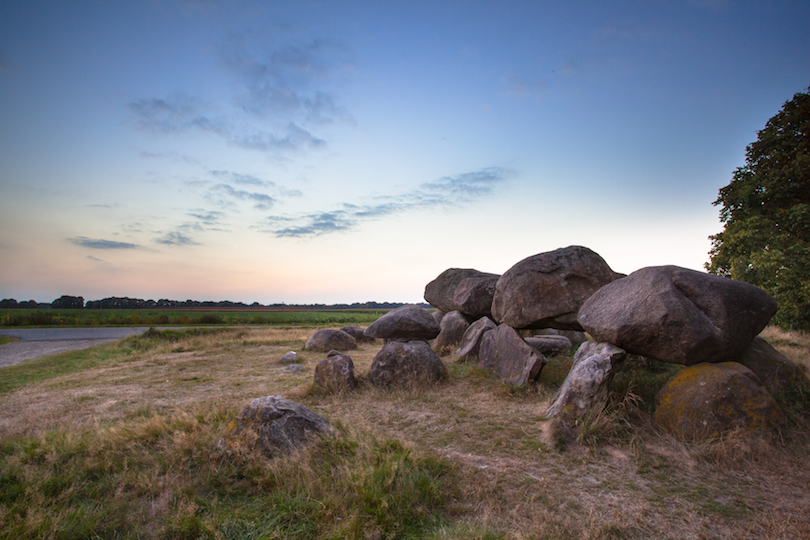
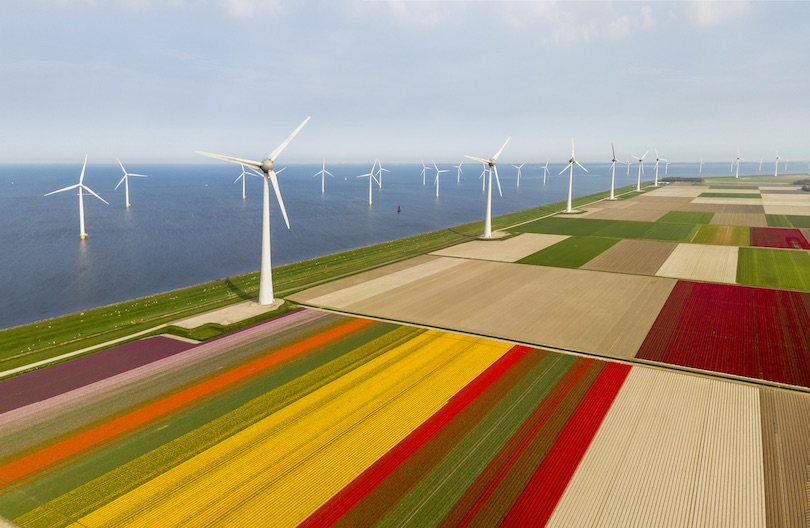
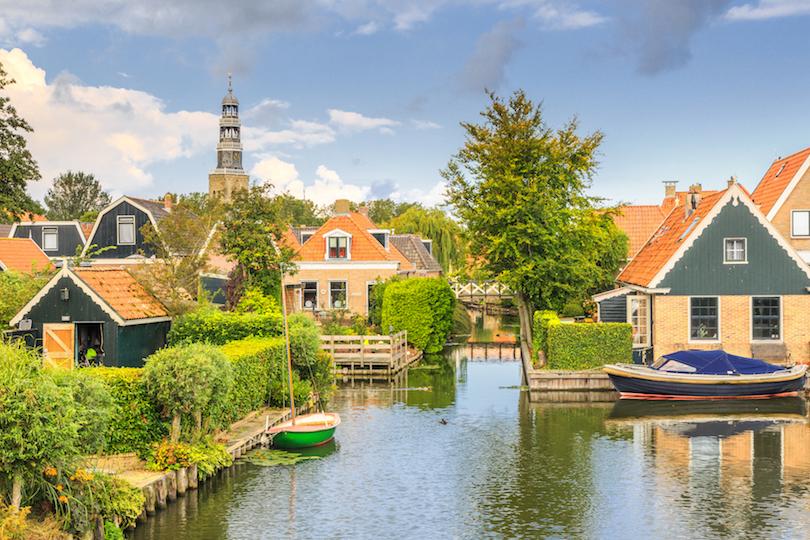
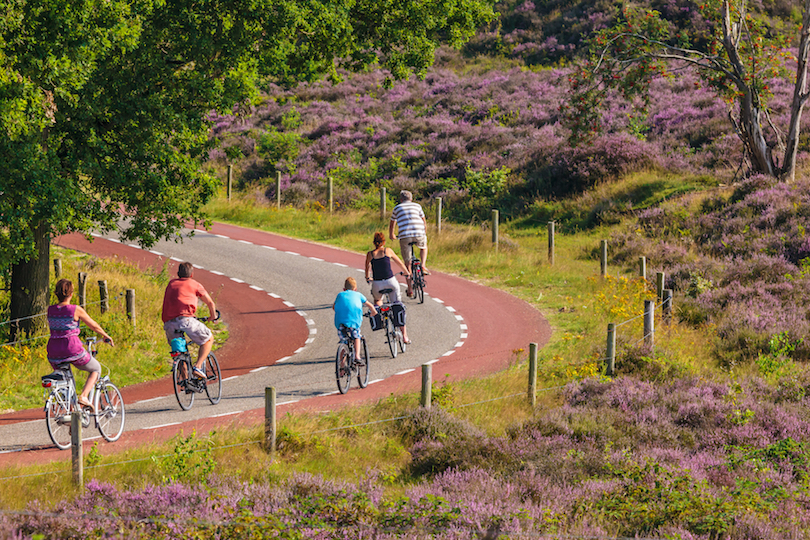

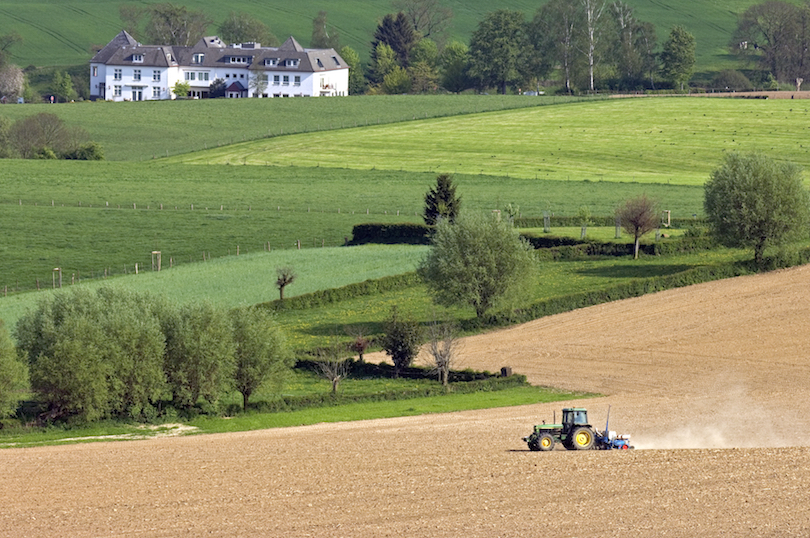
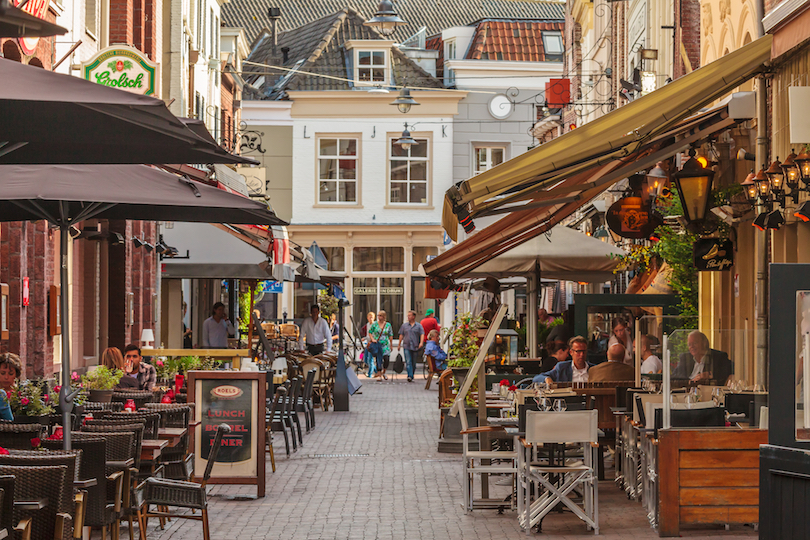
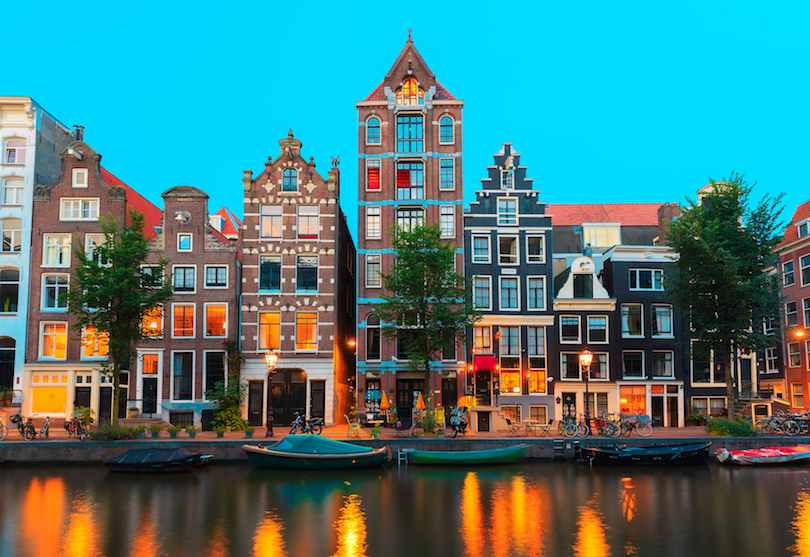
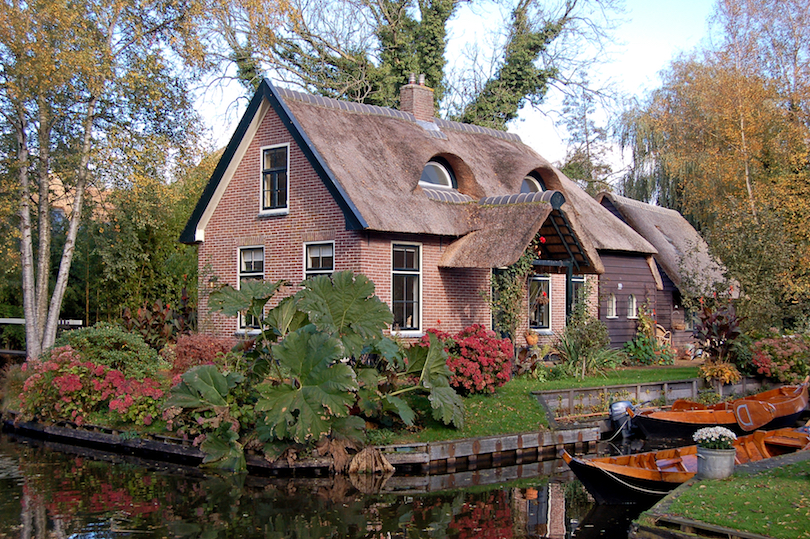
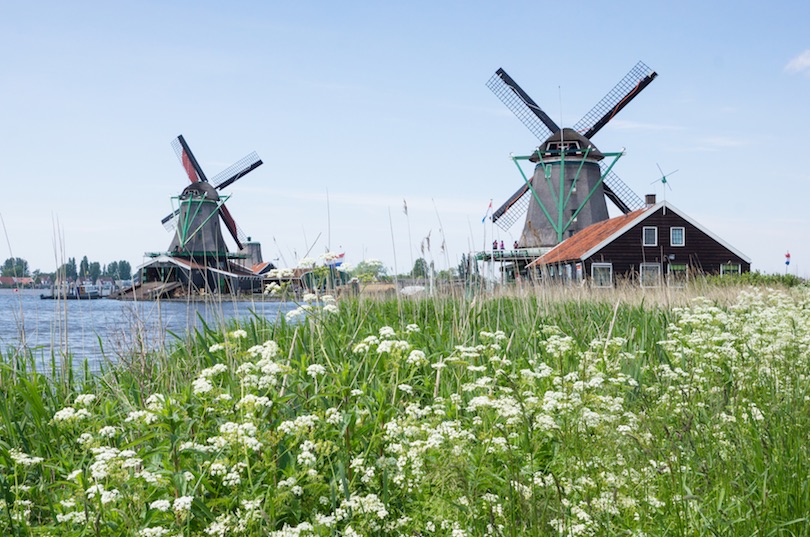

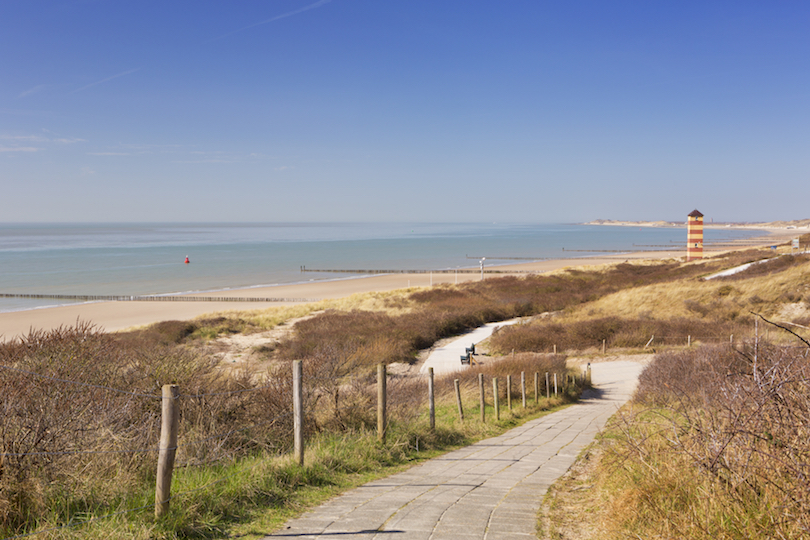
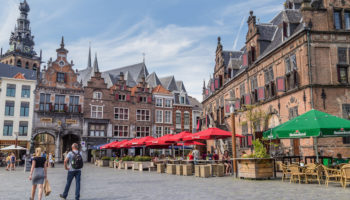
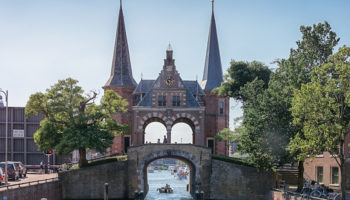
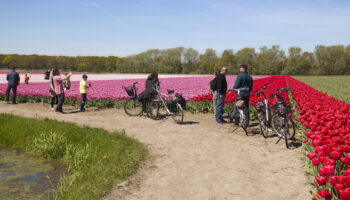
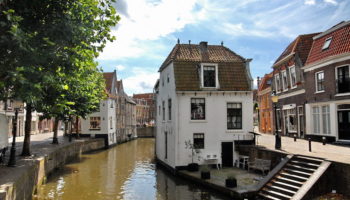
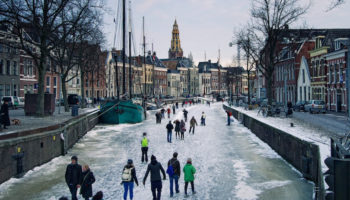
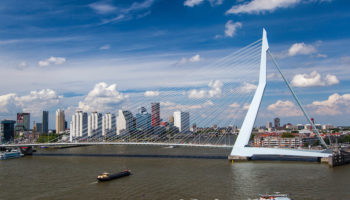
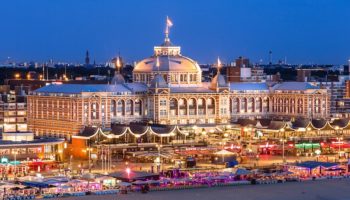
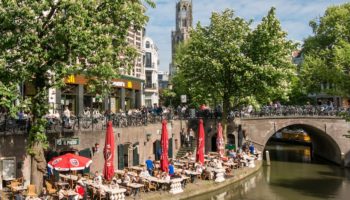
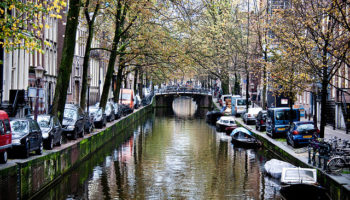
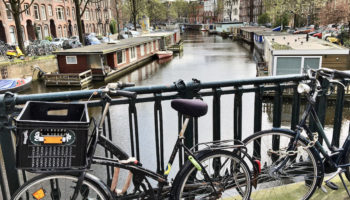
Leave a Reply